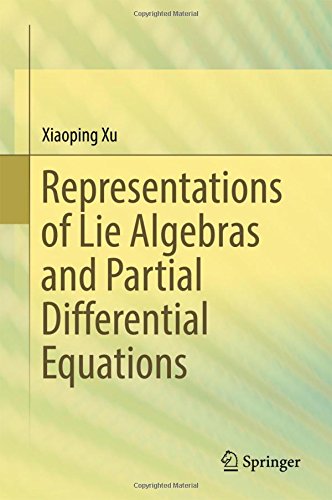

Most ebook files are in PDF format, so you can easily read them using various software such as Foxit Reader or directly on the Google Chrome browser.
Some ebook files are released by publishers in other formats such as .awz, .mobi, .epub, .fb2, etc. You may need to install specific software to read these formats on mobile/PC, such as Calibre.
Please read the tutorial at this link: https://ebookbell.com/faq
We offer FREE conversion to the popular formats you request; however, this may take some time. Therefore, right after payment, please email us, and we will try to provide the service as quickly as possible.
For some exceptional file formats or broken links (if any), please refrain from opening any disputes. Instead, email us first, and we will try to assist within a maximum of 6 hours.
EbookBell Team

4.7
56 reviewsThis book provides explicit representations of finite-dimensional simple Lie algebras, related partial differential equations, linear orthogonal algebraic codes, combinatorics and algebraic varieties, summarizing the author’s works and his joint works with his former students. Further, it presents various oscillator generalizations of the classical representation theorem on harmonic polynomials, and highlights new functors from the representation category of a simple Lie algebra to that of another simple Lie algebra.
Partial differential equations play a key role in solving certain representation problems. The weight matrices of the minimal and adjoint representations over the simple Lie algebras of types E and F are proved to generate ternary orthogonal linear codes with large minimal distances. New multi-variable hypergeometric functions related to the root systems of simple Lie algebras are introduced in connection with quantum many-body systems in one dimension. In addition, the book identifies certain equivalent combinatorial properties on representation formulas, and the irreducibility of representations is proved directly related to algebraic varieties. The book offers a valuable reference guide for mathematicians and scientists alike. As it is largely self-contained – readers need only a minimal background in calculus and linear algebra – it can also be used as a textbook.